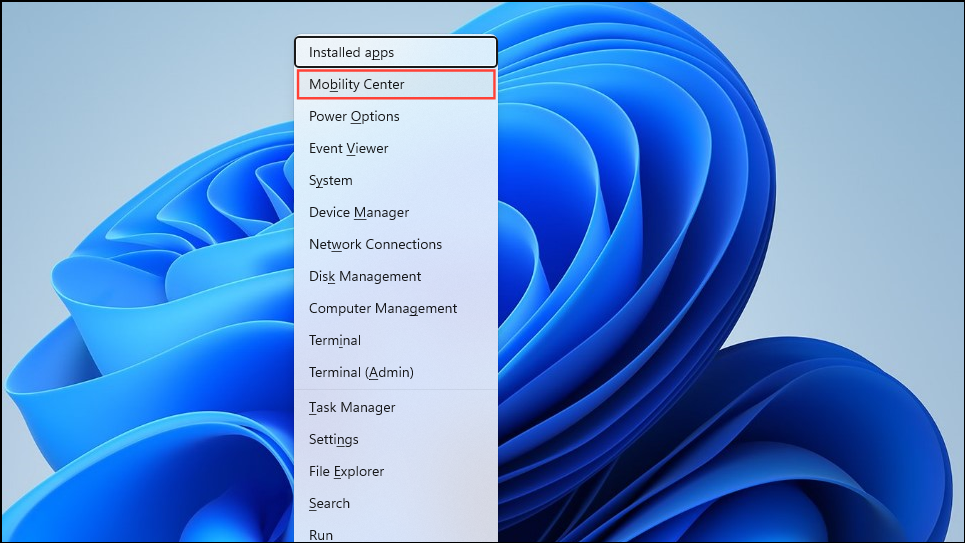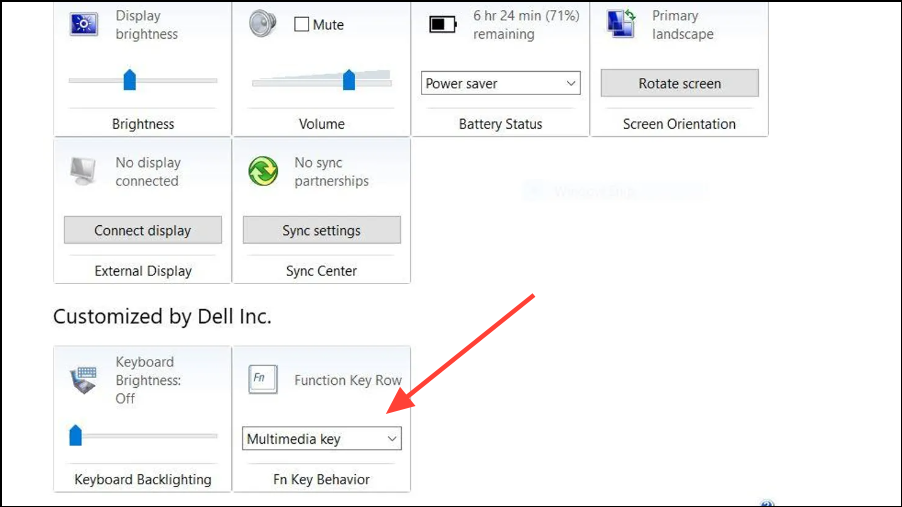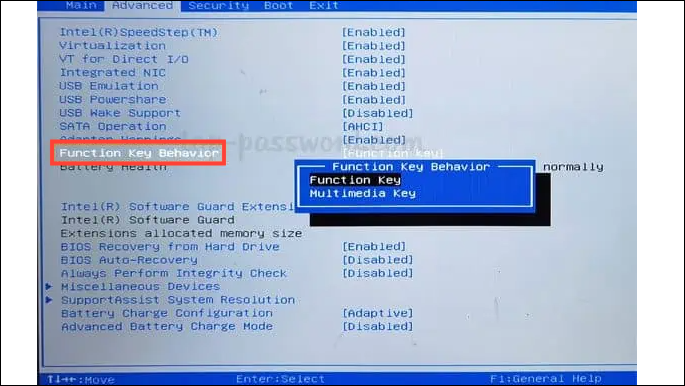Quick Info
- You can lock and unlock Function Keys using hardware keys, from the Windows Mobility Center, and through the BIOS.
- Your computer may not have hardware keys for locking and unlocking Function Keys, depending on its make, model, and brand.
- By locking and unlocking Function Keys, you can change their behavior and can use them as multimedia keys as well.
Depending on your PC and its brand, there can be different methods of locking and unlocking the Function (Fn) Keys on your keyboard. Also, it is important to remember that the Function Key commands can vary on different computers and you may also not have a dedicated key for unlocking and locking them.
Method 1: Using Hardware Keys
- Some keyboards have an 'F Lock Key' which you can press to lock and unlock Function Keys. Press the F Lock Key to toggle it on or off as needed.
- Alternatively, you may have the 'FnLock Key', which may appear with a padlock icon and may sometimes be combined with the 'Esc Key', 'CapsLock Key', or 'Shift Key'. For instance, on Dell laptops, the padlock icon is present on the 'Esc Key', which you can use to lock and unlock Function Keys.
- Press and hold the Function Key first and then press the FnLock Key to turn on the lock. Repeat the steps to turn off the lock.
Method 2: From the Windows Mobility Center
- Use the
Win + Xshortcut to open the Quick Launch menu and then click on Mobility Center.

- When the Mobility Center opens, look for a section that lets you customize your Function Keys. It should have a dropdown menu that you can use to change the actions the keys perform. You can set them to act as Multimedia or Function Keys and change the behavior at any time.

Note: The Mobility Center is present on all Windows 11 PCs, but you may not have the section that controls the Function Key behavior, depending on the brand, make, and model of your computer.
Method 3: From the BIOS
You can also lock and unlock Function Keys from the BIOS.
- Depending on your computer, you may need to press the F2, F10, or some other Function key while your PC is booting up to enter the BIOS. Alternatively, restart your computer while pressing and holding down the 'Shift' key.
- Your PC will restart and show you the Advanced Options Screen. Click on 'UEFI Firmware Settings' and then restart your PC again. Your PC will boot into the BIOS.

- Look for 'Function Key Behavior' or a similar option in the BIOS. It may be present under 'Advanced' or some other tab. Navigate to that option and press Enter and you can control whether the Function Keys act as multimedia keys or perform their own functions.

- Once you've made the changes, press the F10 key to save the changes and restart your PC.
Points to remember
- When you lock or unlock the Function Keys on your PC, the changes will take place throughout the system.
- Not having a lock key on your keyboard or the Function Key in Windows Mobility Center will mean you will have to go into the BIOS to change the Function Key behavior every time you want to change it.


